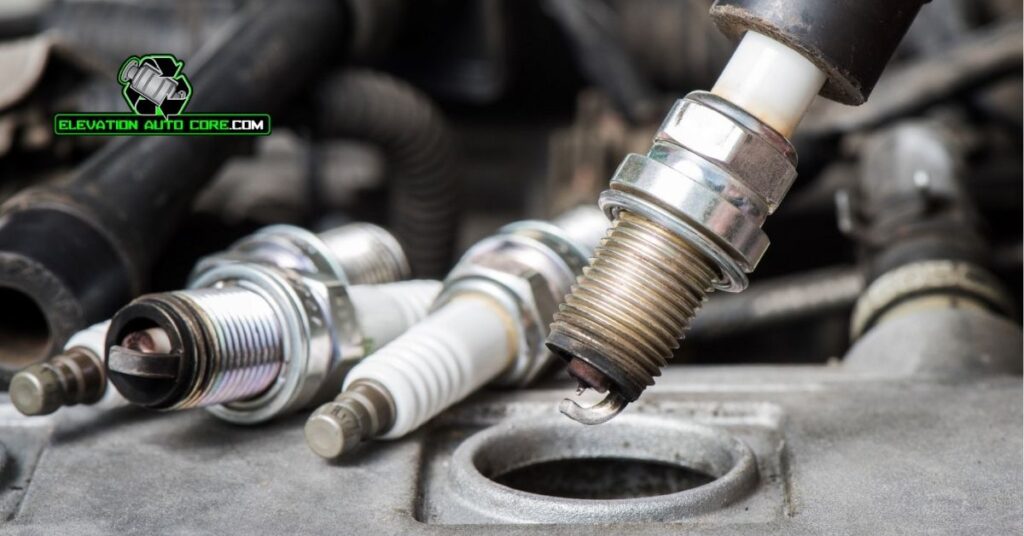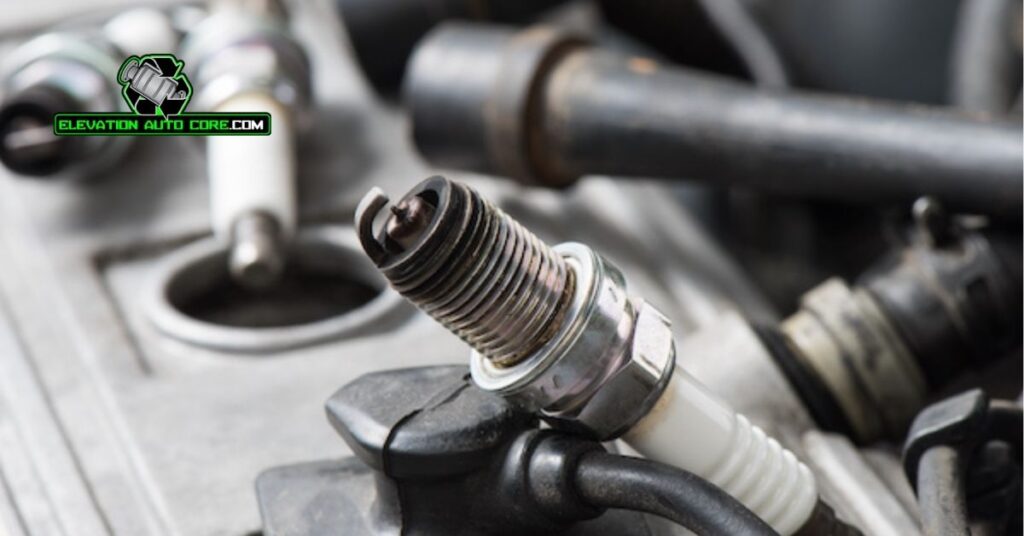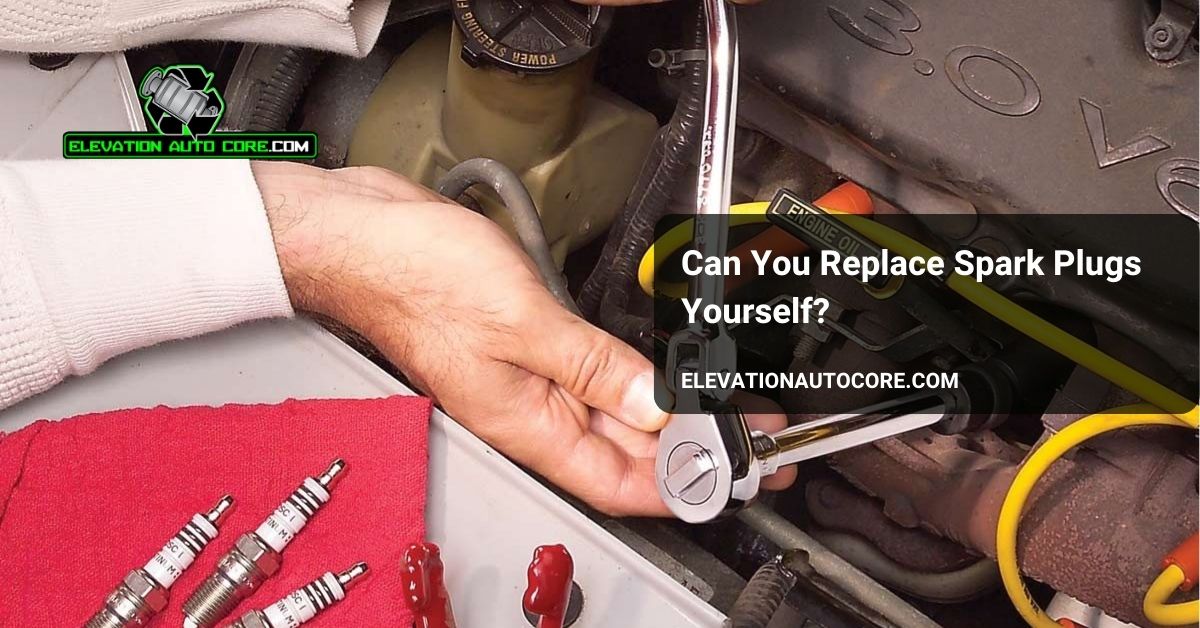Can you replace spark plugs yourself, or is it a job best left to the pros? If you’re looking to save money on car maintenance and enjoy a bit of DIY, swapping out spark plugs might be easier than you think. With the right tools and a little know-how, tackling this task on your own could be both rewarding and cost-effective. Keep reading to find out how.
- spark plugs
- replace
- yourself
- pros
- tools
- DIY
- car maintenance
What Are Spark Plugs And Why Are They Important?

Spark plugs play a key role in your car’s internal combustion engine. They ignite the air-fuel mixture in the engine cylinders, creating the explosion needed to generate power. Without this ignition, your engine wouldn’t start or run efficiently.
These small components also influence your vehicle’s overall performance. Faulty spark plugs can lead to misfires, reduced fuel efficiency, and difficulty starting the engine. Regular maintenance ensures consistent power delivery and smoother engine operation.
You may notice their impact on fuel economy. Worn-out spark plugs force the engine to work harder, increasing fuel consumption. Keeping them in good condition helps maintain optimal efficiency.
Their condition directly affects emissions as well. Malfunctioning spark plugs cause incomplete combustion, releasing higher levels of pollutants. Replacing them supports cleaner engine performance and reduces environmental impact.
Signs That Your Spark Plugs Might Need Replacing

Engine misfires can indicate worn-out spark plugs. When one or more plugs fail to ignite the air-fuel mixture, you may notice sputtering or rough idling. This disrupts smooth engine operation.
Reduced fuel efficiency often points to spark plug issues. Faulty plugs cause incomplete combustion, leading to more fuel being consumed than necessary. Keep an eye on your gas mileage.
Difficulty starting the engine frequently suggests spark plug failure. Plugs that are damaged or degraded struggle to produce the spark required for ignition, especially in colder weather.
Poor acceleration might result from insufficient spark plug performance. When plugs can’t create a strong spark, your engine may hesitate or feel sluggish during power demands.
Increased exhaust emissions can signal bad spark plugs. Incomplete combustion caused by faulty plugs leads to unburnt fuel in the exhaust, increasing harmful emissions.
Unusual engine noises, such as knocking or pinging, are often tied to worn spark plugs. This happens because the plugs fail to burn the air-fuel mixture efficiently, creating irregular combustion.
Can You Replace Spark Plugs Yourself?
Replacing spark plugs on your own is achievable for many vehicle owners. With proper tools, preparation, and attention to detail, you can handle this task efficiently and ensure your engine runs smoothly.
Tools And Equipment Needed
Start with basic hand tools. A socket wrench, spark plug socket, and extension are essential. Use a spark plug gap gauge to verify the plug gap matches your vehicle’s specifications. Clean rags and dielectric grease help maintain cleanliness and ensure a secure connection. Refer to your vehicle’s manual to confirm exact tools required for your model.
Steps To Replace Spark Plugs
Ensure the engine is cool to avoid burns. Disconnect the negative battery cable for safety before beginning. Remove each spark plug wire or ignition coil individually to prevent crossing wires during reassembly. Use the socket wrench and spark plug socket to unscrew and remove the old plugs. Check the gap on the new spark plugs using the gap gauge, adjusting if necessary. Thread each new spark plug into its cylinder by hand, then tighten with the wrench until snug. Reattach the ignition coil or wire, and reconnect the battery when finished.
Common Mistakes To Avoid
Avoid overtightening spark plugs, as this can damage threads or the cylinder head. Failing to check the proper gap before installation risks engine misfires or reduced efficiency. Mixing up spark plug wires causes firing order issues, leading to engine malfunction. Ensure you follow your vehicle’s maintenance schedule to avoid using worn or incompatible spark plugs that compromise performance.
Benefits Of Replacing Spark Plugs Yourself

Handling spark plug replacement yourself can save money compared to hiring a mechanic. Professional service fees often add important costs, while DIY replacement only requires the purchase of spark plugs and basic tools.
You gain a deeper understanding of your car by handling this task. Performing maintenance boosts your familiarity with engine components and enhances your ability to diagnose future issues.
Completing the job yourself provides flexibility. There’s no need to schedule appointments or wait for service when you can replace spark plugs at your convenience.
Improved confidence is another key benefit. Successfully completing a repair builds your skills and encourages you to take on additional car maintenance projects.
Replacing spark plugs yourself ensures attention to detail. You control the quality of tools, installation precision, and adherence to your vehicle’s specifications.
When To Seek Professional Help

Complex engine designs can make spark plug replacement challenging. If your vehicle has hard-to-reach spark plugs, such as in V6 or V8 engines, consider professional assistance. Modern vehicles with turbochargers may also require expert tools and techniques.
Persistent engine issues after replacing spark plugs might indicate deeper problems. Seek a professional mechanic if misfires, starting difficulties, or poor acceleration continue even though new plugs. This ensures proper diagnosis of potential issues, like ignition coil failure or fuel system malfunctions.
Lack of confidence or experience in car repairs is another reason to consult a professional. Incorrect installation, such as overtightening or cross-threading spark plugs, can result in cylinder head damage or additional repair costs. A skilled technician avoids such errors.
Warranty considerations could limit your DIY options. If your vehicle remains under warranty, consult the terms, as performing repairs might void coverage. Professional services ensure compliance with manufacturer requirements.
Conclusion
Replacing spark plugs yourself can be a rewarding and cost-effective way to maintain your vehicle, provided you have the right tools and knowledge. It’s an opportunity to better understand your car while potentially saving money on mechanic fees.
But, it’s essential to recognize your limits and know when professional help might be the safer option. Whether you choose the DIY route or rely on an expert, keeping your spark plugs in good condition is key to ensuring your engine runs smoothly and efficiently.

